Through scientific and careful daily maintenance, the operation and maintenance cost of ribbon slitting machine can be significantly reduced, which mainly includes reducing downtime, extending equipment life, reducing the frequency of consumables and parts replacement, and improving product quality and yield rate. Here's a systematic set of daily maintenance guidelines designed to help you achieve this:
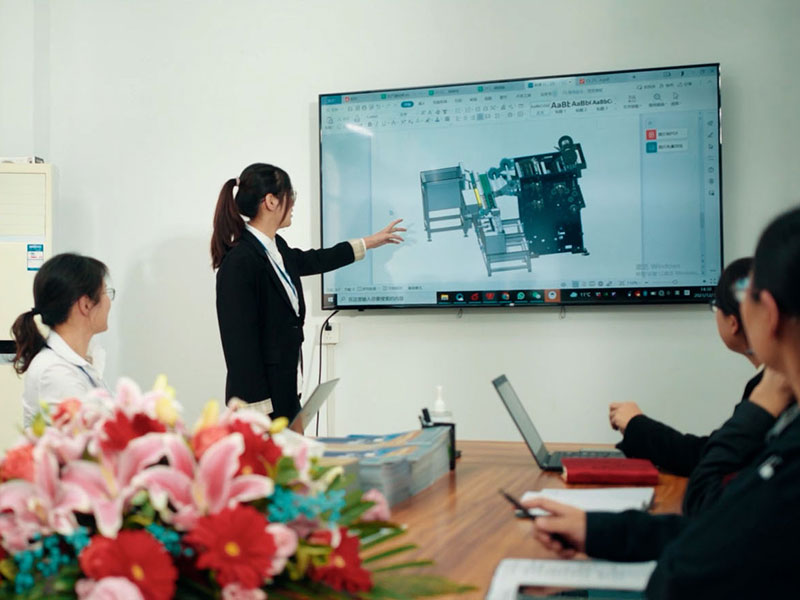
1. Establish a standardized routine maintenance process (SOP)
This is the basis of all maintenance work. Develop a detailed "Daily Inspection Schedule" and "Periodic Maintenance Plan" for each equipment and ensure strict implementation by operators.
1. Daily shift maintenance (performed by the operator):
◦ Cleanliness is key: Use a soft, dust-free cloth and denatured alcohol to clean critical areas before and after turning off the unit every day.
▪ Unwinding and Rewinding Shafts: Remove any remaining ribbon debris and glue stains to ensure smooth clamping.
▪ Guide and tension rollers: Clean all roller surfaces to prevent dust accumulation from affecting tension stability and scratching the ribbon.
▪ Blade Area: Carefully remove toner and debris around the blade.
▪ Sensors: Clean photoelectric sensors, correction sensors, etc. to ensure that they are sensitive and avoid malfunctions.
◦ Check air pressure: If the device is pneumatic, check whether the barometer is within the standard range (usually 0.5-0.7 MPa). Too low or too high air pressure can affect slitting and tension control.
◦ Check for abnormalities: After turning on the machine, listen for abnormal noises (such as the squeak of bearing wear) and observe whether there is any abnormal vibration in the operation of the equipment.
2. Weekly/monthly maintenance (performed by technician or shift leader):
◦ Deep cleaning: Perform a more thorough cleaning of the inside of the equipment, including the motor cooling fan, circuit board housing (power-off operation), etc.
◦ Check and lubricate: According to the equipment manual, add the specified high-speed and lightweight lubricating oil to the necessary moving parts such as slides and bearings. Note: Do not over-lubricate to avoid oil contamination of the ribbon.
◦ Check Blade Sharpness: Check the sharpness of round and straight knives. If the incision is found to have burrs and brushing, it should be sharpened or replaced in time. Blunt knives not only affect product quality, but also increase motor load.
◦ Check belts and couplings: Check whether the transmission belt is loose and aged, and whether the coupling is well aligned.
3. Quarterly/annual maintenance (professional engineer or contact manufacturer):
◦ System calibration: Conduct professional calibration of the tension control system and correction system of the equipment.
◦ Bearing replacement: Check all guide roller bearings, and replace them in time if there is any gap or abnormal noise.
◦ Comprehensive inspection: systematic inspection of circuits and air circuits, fastening all terminal blocks and gas pipe connectors.
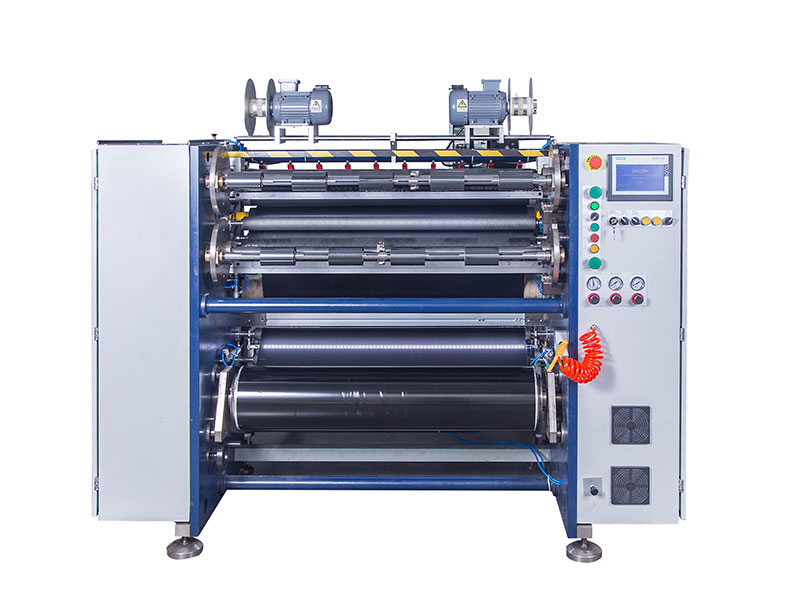
2. Targeted maintenance of core components (key to cost reduction)
The condition of these components directly determines cost and quality.
1. Blade (one of the largest consumables)
◦ Proper Installation: Ensure the blade mounting angle and coincidence are precise. Improper installation can drastically reduce blade life.
◦ Rotating use: If cutting multiple widths, prepare multiple sets of blades to avoid frequently adjusting the angle and position of the same blade.
◦ Professional edge sharpening: Do not wait until the blade is completely passivated before processing. Cooperate with professional blade sharpeners to send sharpening regularly, and the cost is much lower than replacing a new knife.
2. Tension Control System (The Core of Quality)
◦ Keep it clean: Cleaning the tension roller and dancer roller is a prerequisite for accurate tension detection.
◦ Regular Calibration: Calibrate the tension sensor as scheduled.
◦ Parameter optimization: Set and save the optimal tension parameters for ribbons of different materials and widths to avoid waste and problems caused by the use of one parameter.
3. Bearings and guide rollers
◦ Dustproof: Keep the environment clean and reduce dust entering the bearings.
◦ Listening to sound identification: Pay attention to the running sound of the bearing every day, and detect abnormalities early to avoid greater chain damage.
◦ Timely Replacement: Replace the bearings as soon as they are confirmed to be damaged. A damaged bearing can strain a much higher value guide roller.

3. Reduce losses through operating habits
1. Standardize the feeding operation: ensure that the ribbon drum is centered on the unwinding reel during feeding, avoiding large deviations during operation, reducing waste and machine loss.
2. Parametric management and optimization: Establish a product database to record the optimal slitting speed, tension, and other parameters for each ribbon material. Optimizing slitting speed to find the best balance between efficiency and quality is not always better.
3. Do a good job in end management: stop the machine in time when slitting to the core to avoid cleaning difficulties and material waste caused by pulling or winding.
4. Cost-benefit analysis
Compare the investment in daily maintenance with the benefits it brings, and you can see the value more clearly:
| Maintenance investment | Benefits (cost reduction) | Direct economic value |
| Alcohol and dust-free cloth for regular cleaning | Reduce the scrapping of ribbon pollution and reduce waste caused by unstable tension | Improve yield rate by 3-5% |
| The operator inspects 10 minutes every day | Detect small problems in advance to avoid major failures | Reduce unplanned downtime and save significant repair time and money |
| Regular professional sharpening blades (20% of cost) | Extend blade life by 3-5 times | Reduce the cost of insert procurement by more than 50% |
| Replace high-quality bearings/belts | Smoother operation, longer life, less damage to other components | Comprehensive maintenance costs are reduced and equipment life is extended |
summary
The core idea of reducing the operation and maintenance cost of ribbon slitting machine is to change from "passive maintenance" to "active prevention".
By establishing standard processes, focusing on core component maintenance, and cultivating good operating habits, you can see immediate results in:
• Reduced material costs: increased yield rate and reduced ribbon waste.
• Reduced maintenance costs: fewer sudden breakdowns and longer spare parts replacement cycles.
• Increased Productivity: Reduced downtime and improved Overall Equipment Effectiveness (OEE).
• Product quality improvement: fewer customer complaints and better brand reputation.
Ultimately, routine maintenance is a highly rewarding investment that ensures that your slitting machine is always in top condition, maximizing long-term economic benefits.
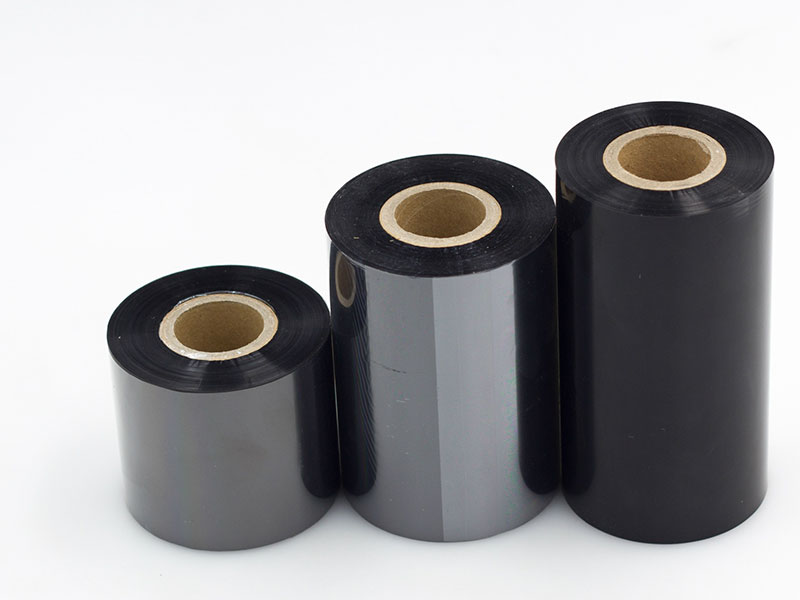
it uses precise cutting to cut out a more economical, more efficient and more environmentally friendly development path for enterprises.
29. December, 2025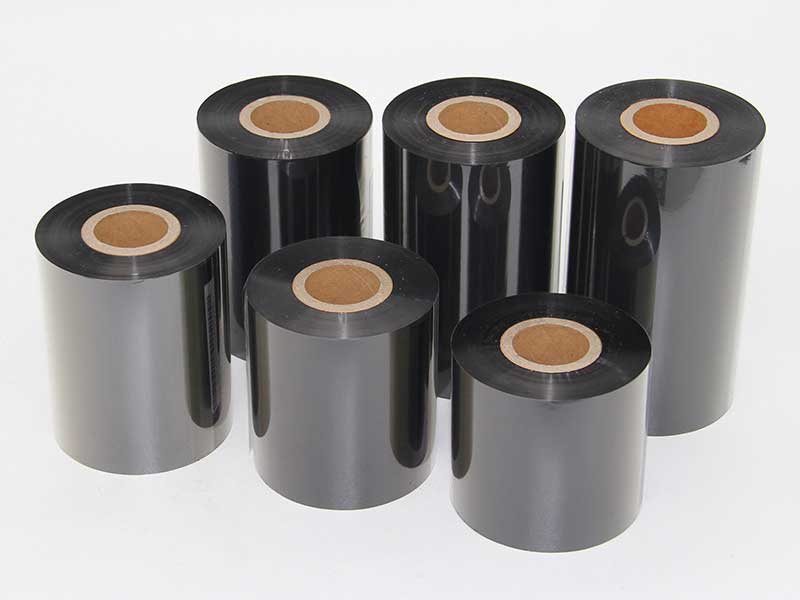
Modern high-quality ribbon slitting machine combines automation, intelligence and high precision:
29. December, 2025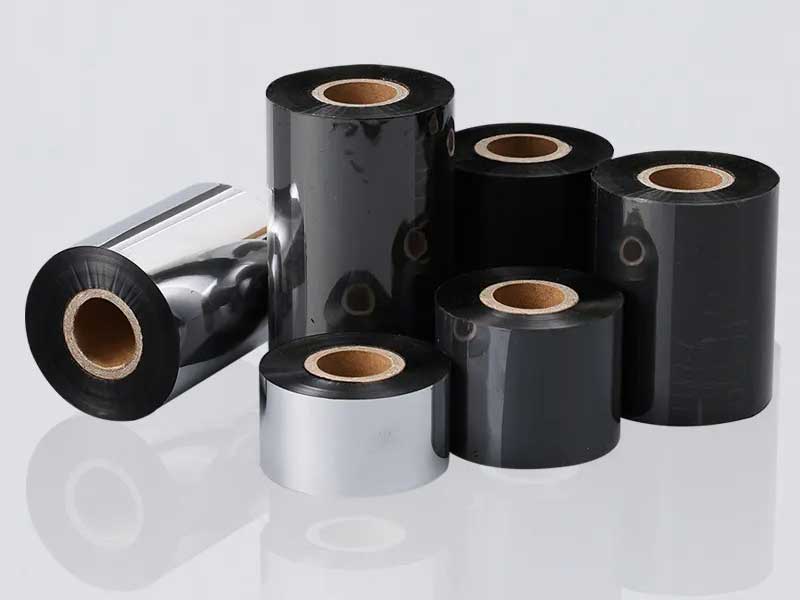
Through precise local upgrading, process optimization and intelligent transformation, small and medium-sized enterprises can achieve a great leap in production efficiency with limited resources.
29. December, 2025
The portable ribbon slitting machine, with its exquisite body, leverages the deep transformation of the traditional production and service model.
26. December, 2025
It's not just a superposition of features, but an art of finding a fine balance on the edge of a sharp blade.
26. December, 2025